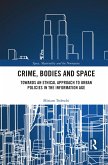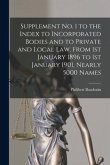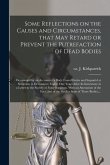The Port Arthur massacre on 28 April 1996, when 35 people were shot dead by Martin Bryant, transformed Australia's gun control debate. Public outrage drove politicians from all sides of politics to embrace gun control. Non-violent 'people power' galvanised government resolve to outlaw semi-automatic weapons, register all guns and tighten gun ownership laws. Simon Chapman's book gives an insider's view of the struggle for gun control, highlighting the public discourse between shooters determined to preserve the right for civilians to bear military-style weapons, and activists dedicated to getting Australia 'off the American path' of gun violence. Law reform is not inevitable. It requires the planned, strategic use of media and advocacy to convert anger into action. The story of the campaign for gun control is a practical guide to achieving humane social change for activists everywhere. With the recent mass shooting at a primary school in Sandy Hook, Connecticut, which has stimulated an unprecedented momentum for meaningful gun controls in the US, the lessons of Port Arthur should be revisited. Simon Chapman is professor of public health at the University of Sydney. He has won multiple awards for his national and international advocacy for tobacco control.
Hinweis: Dieser Artikel kann nur an eine deutsche Lieferadresse ausgeliefert werden.
Hinweis: Dieser Artikel kann nur an eine deutsche Lieferadresse ausgeliefert werden.








